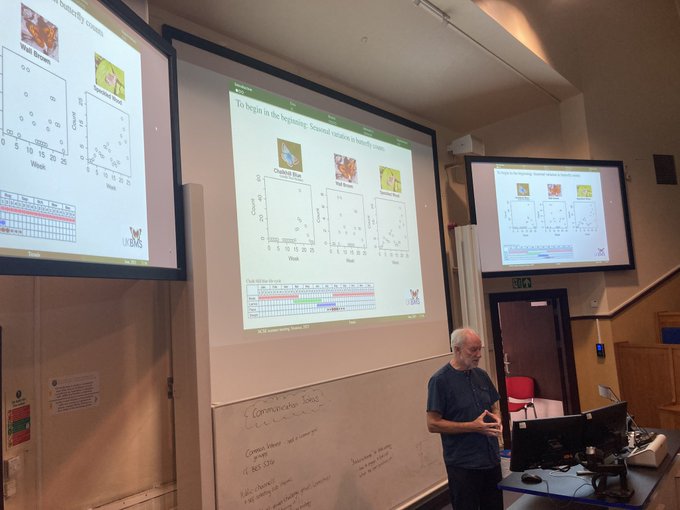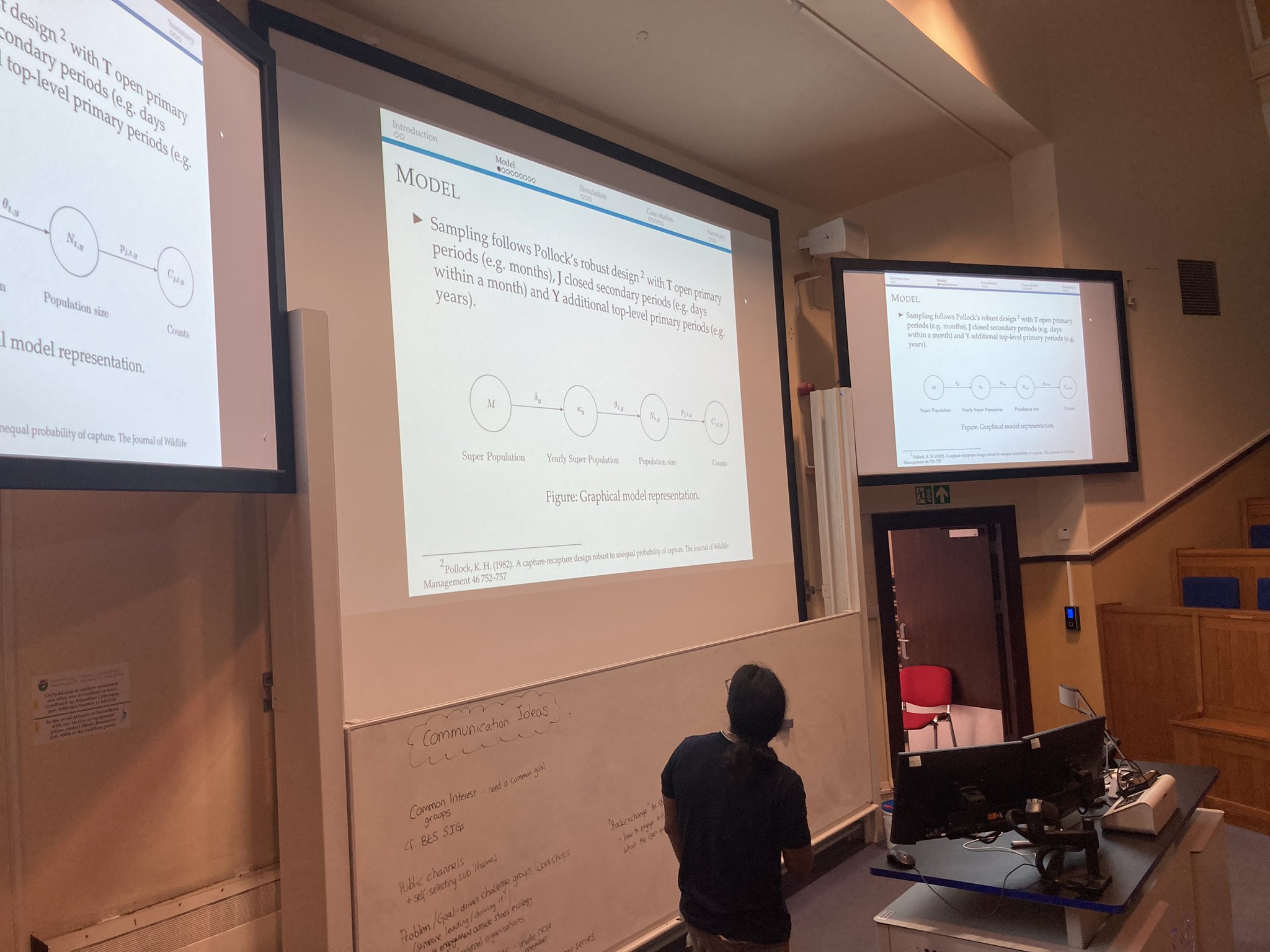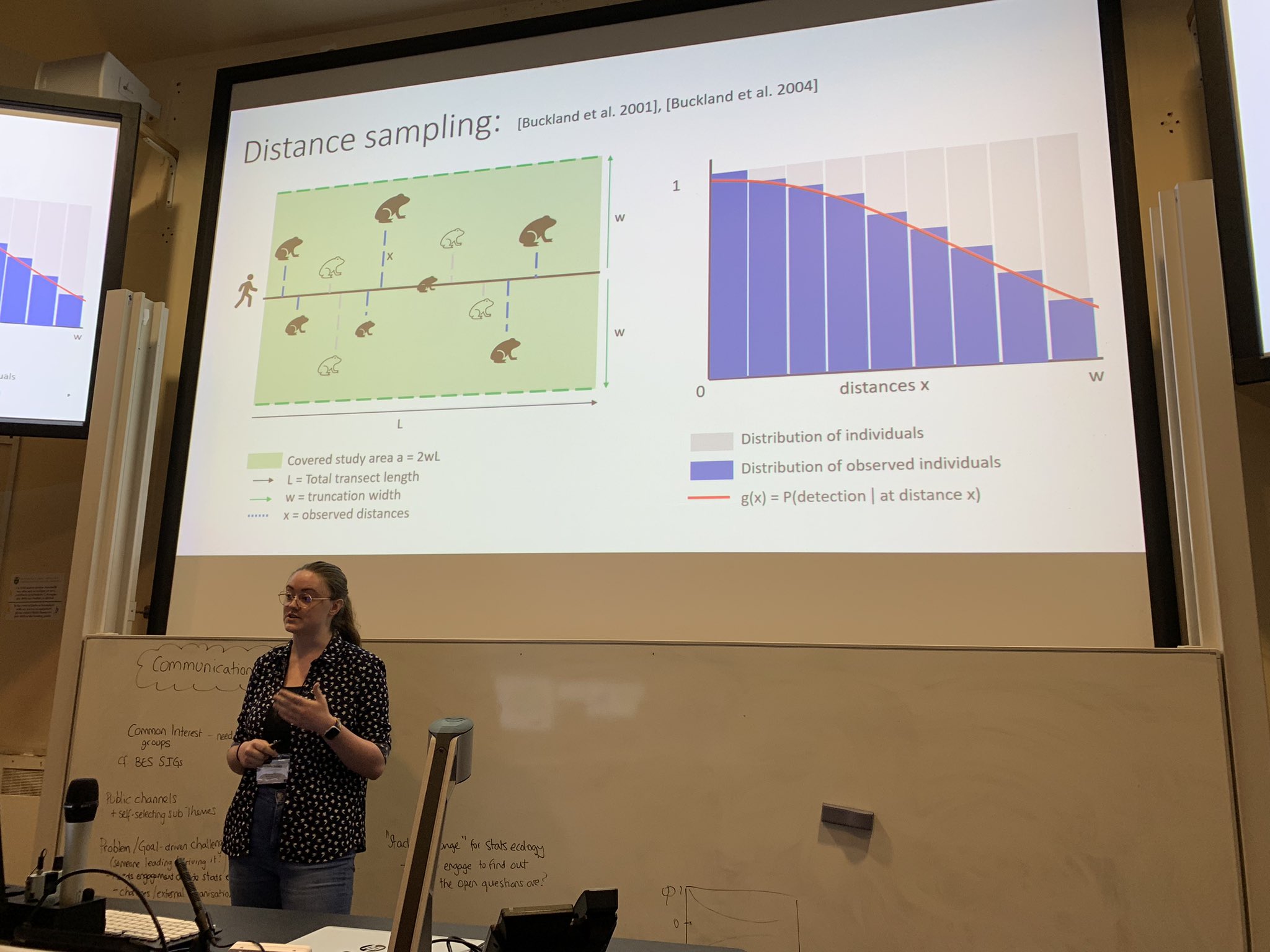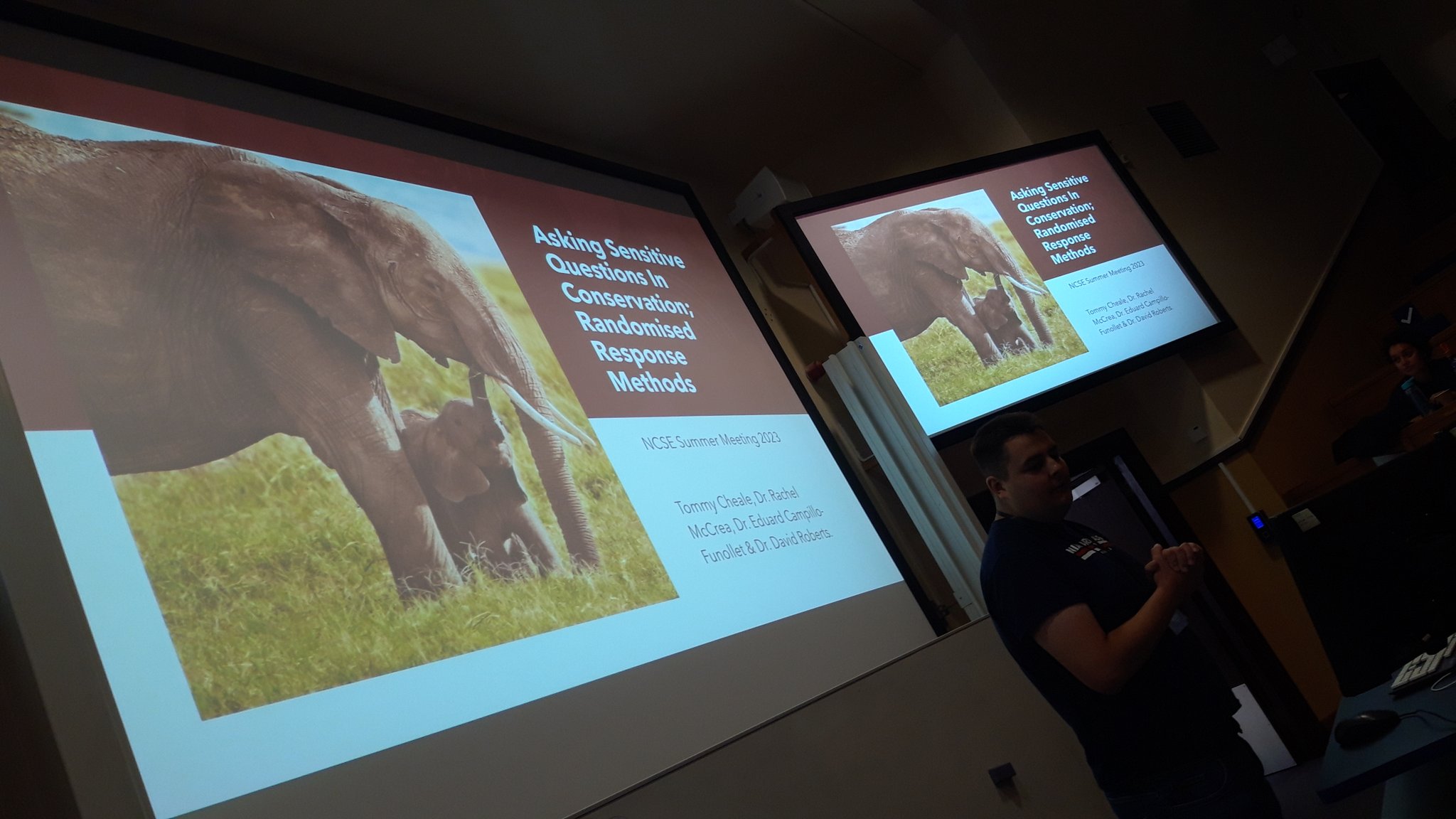Emily and Byron, along with Marc Kery, Armin Coray, Michael Schaub and Bruno Baur have published the paper:
Integrated modelling of insect population dynamics at two temporal scales
in Ecological Modelling.
Abstract:
Population size of species with birth-pulse life-cycles varies both within and between seasons, but most population dynamics models assume that a population can be characterised adequately by a single number within a season. However, within-season dynamics can sometimes be too substantial to be ignored when modelling dynamics between seasons. Typical examples are insect populations or migratory animals. Numerous models for only between-season dynamics exist, but very few have combined dynamics at both temporal scales.
In a new approach, we extend appreciably the models of Dennis et al. (2016b): we show how to adapt them for a generation time year and fit an integrated population model for multiple data types, by maximising a joint likelihood for population counts of unmarked individuals and capture–recapture data from a study with marked individuals. We illustrate the approach using annual monitoring data for the endangered flightless beetle Iberodorcadion fuliginator from 18 populations in the Upper Rhine Valley for 1998–2016, with a 2-year life cycle. Standard likelihood methods are used for model fitting and comparison, and a concentrated (profile) likelihood approach provides computational efficiency.
Additional information from the capture–recapture data makes the population model more robust and, importantly, enables true, rather than relative, abundance to be estimated. A dynamic stopover model provides estimates of both survival and phenology parameters within a season, and also of productivity between seasons. For I. fuliginator, we demonstrate a population decline since 1998 and how this links with productivity, which is affected by temperature. A delayed mean emergence date in recent years is also shown.
A main point of interest is the focus on the two temporal scales at which perhaps most animal populations vary: in the short-term, a population is seldom truly closed within a single season, and in the long-term (between seasons) it never is. Hence our models may serve as a template for a general description of population dynamics in many species. This includes rare species with limited data sets, for which there is a general lack of population dynamic models, yet conservation actions may greatly benefit from this kind of models.














